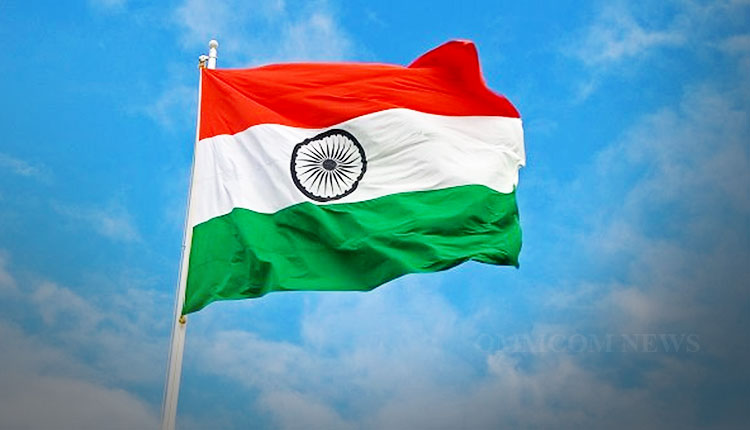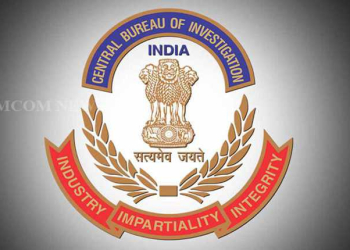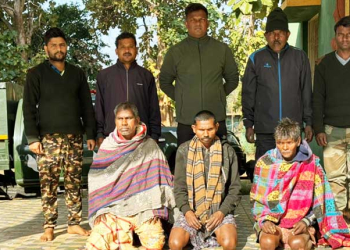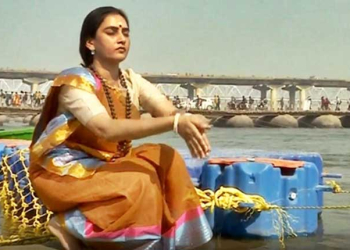Bhubaneswar: As India is celebrating its 76th Independence Day, many do not know that the current form of the Indian National Flag came into existence after a series of modifications.
The National Flag of India is the pride of all the citizens of the country and represents our hopes and aspirations. The late Prime Minister Jawaharlal Nehru called it “a flag not only of freedom for ourselves but a symbol of freedom to all people.”
Here are some lesser-known and interesting facts regarding the Tricolour.
1: The first version of the national flag was hoisted on August 7, 1906, at Parsi Bagan Square in Calcutta and had stripes of green, yellow, and red. It had religious symbols, eight roses, and Vande Mataram inscribed on it.
2: The second version of the Indian flag was hoisted by Madam Bhikaji Cama at the Socialist International Summit in Stuttgart, Germany.
3: A third version, with red and green stripes with the Union Jack — the national flag of the United Kingdom — on the top left and a crescent on the top right, and seven stars in form of the Saptarishi Constellation was used by Bal Gangadhar Tilak in 1917.
4: Another two versions of the Indian flag were designed in 1921. The first had a white strip at the top representing the religious minorities, a green strip in the middle representing Muslims, and a red strip at the bottom representing Hindus. In the center of the flag was a Spinning Wheel. This flag was according to the vision of Mahatma Gandhi.
5: Another version of the flag, which was adopted by the Congress committee, had saffron color at the top, white in the middle, and green at the bottom. In the middle of the white strip was a Spinning Wheel.
6: Indian National Flag was designed by Pingali Venkayya who was a freedom fighter from Andhra Pradesh.
7: The Indian flag was adopted on July 22, 1947, just before India received independence from Britain on August 15, 1947.
8: The National Flag of India, by law, is to be made of khadi, a special type of hand-spun cloth of cotton or silk made popular by Mahatma Gandhi.
9: The right to manufacture the flag is held by the Khadi Development and Village Industries Commission, which in turn allocates it to the regional groups.
10: As per the flag code, the flag must be hoisted during the daytime and there should be no flag or any other symbolic representation above it.
On August 15, 1947, the first Prime Minister of India, Jawaharlal Nehru, hoisted the national flag at the Lahori Gate of the Red Fort in Delhi.
Before 2002, normal citizens of India were not allowed to hoist the National Flag except on Independence Day and Republic Day. In 2002, the Supreme Court of India amended the flag code and gave rights to all citizens to hoist the flag at any time as per the flag code.





















